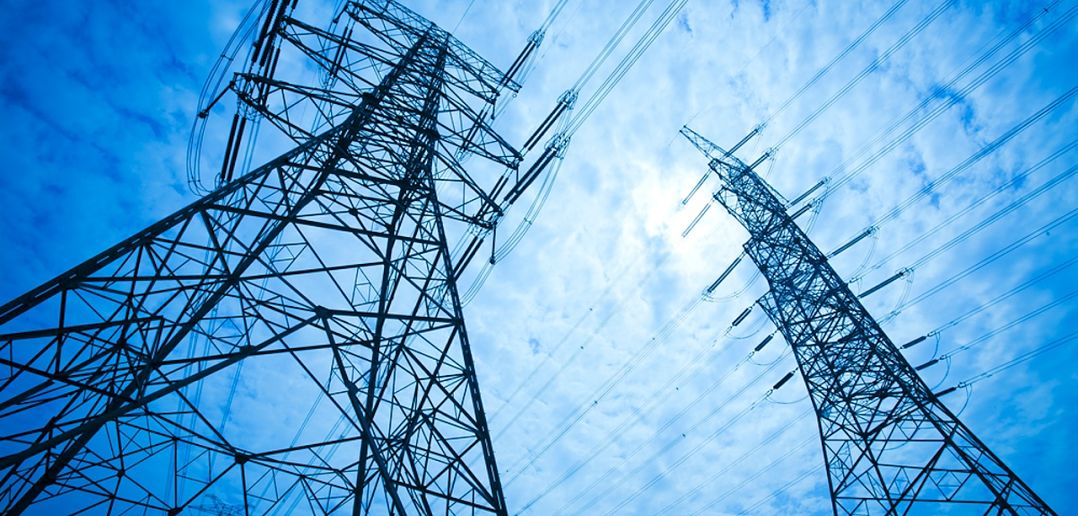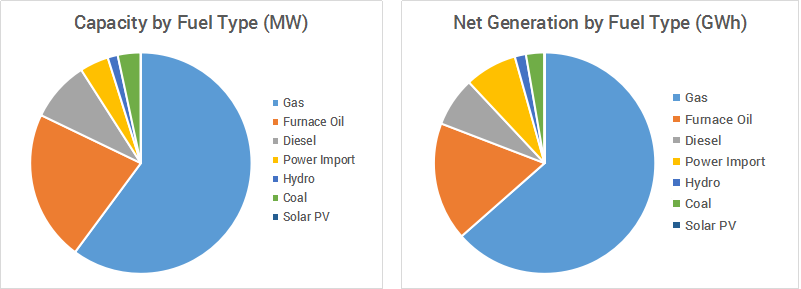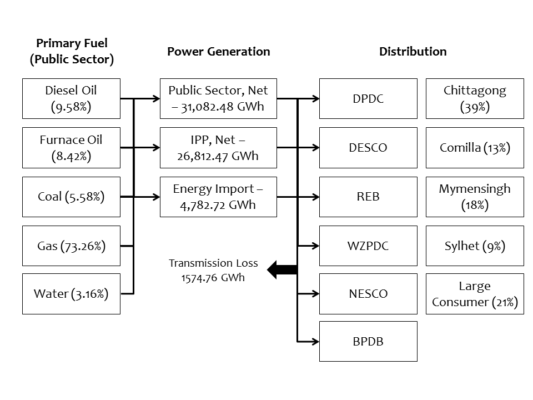GET IN TOUCH
- Please wait...

Bangladesh is a bustling country with a total population of now 164 million with over 46% under the age of 25, the majority of whom are acclimatized to growing up with electronic devices in their homes. And with increasing urbanization and development of rural and suburban regions, the availability of electricity plays a crucial role in raising the living standards of the people and the development of the country. The article highlights the potential of Bangladesh power sector in filling the gap in demand.
Bangladesh’s energy demand has been increasing at an average pace of 10% over the last decade [1]. However, supply of the commodity has yet to reach the same pace. Currently, the country has a generation capacity of 20,133 MW, a large portion of which is unutilized due to scarcity of gas, unreliable old plants, and lack of development of the electricity grid and it’s estimated that unreliable power supply has been costing the country 2% of GDP annually [1]. In FY18, 2,817 MW of new capacity was added increasing the total generation capacity to 15,953 MW, an increase of 17.69% from the previous year [4]. Though there is a scarcity in the market, the power sector has been making significant strides to accommodate the goals of reaching the greater population keeping up with increased demands. At the moment, 83% of the population has access to electricity [7]. Government initiatives are being taken to increase 14,956 MW by 2021, bringing the total generation capacity to 24,000 MW [4]. The initiatives taken by the power sector shows promise in filling the demand.
At the moment the World Bank has a $2.1 bn to support the energy sector to enhance capacity, generate cleaner energy, improve generation and transmission & system operation efficiency, reduce technical losses, and increase access to grid and renewable electricity [1]. The International Development Association wing of the World Bank added 2,604 MW to the national grid and 100 MW to off grid through solar home systems [1].
| 2016 | 2017 | Percentage Change | |
| System Total Installed Capacity (MW) | 13,555 | 15,953 | 17.69% |
| Maximum Peak Generation (MW) | 9,479 | 10,958 | 15.60% |
| Maximum Peak Demand (MW) | 12,644 | 14,014 | 10.84% |
| System Total Generation (GWh) | 57276 | 62678 | 9.43% |
| Per Unit Generation Cost (tk/kWh) | 2.76 | 3.4 | 23.19% |
The power sector can be broken down based on three main activities, power generation, transmission and distribution.
The demand for electricity is growing beyond the pace of GDP at a rate of 10% which is forecasted to increase in the future. Currently demand varies throughout the day and peaks at 5pm – 11pm4 with variation is due to the load factor (=average demand/maximum demand, higher values indicate greater utilization of plant capacity).
The total installed capacity in Bangladesh is 15,953 MW of which 660 MW is imported from India. The maximum peak generation in FY18 was 10,958 MW, though 15.6% higher than the previous year indicates a 68.7% capacity utilization during peak hours, mainly due to aging and restructuring of plants and gas shortages. In FY18 net energy generation increase 9.43% to 62,678 GWh (31,082 Public and 26,813 Private)[4].

Transmission line length increased by 7% in FY18 from the completion of past projects. However, the total number of faults and their respective durations more than doubled from the previous year.
As part of FY18 improvement of the system BPDB increased the number of consumers by 9.73% and extended 247km of lines [4]. Distribution system losses has been down to 8% from 9.27% in FY17 [4].

Bangladesh has one of the world’s largest domestic solar power systems, covering 14% of the population [3]. The International Development Association (IDA – World Bank) along with its development partners has to date installed solar home systems in more than 4 million households and shops in remote rural areas [1]. However, it’s estimated that to date solar home systems have brought electricity to more than 20 million in rural areas pushed by steep drops in prices and enhanced reliability of solar products [2].
Bangladesh Power Development Board has been operating in the country since 1972 under the Power Division of the Ministry of Power, Energy and Mineral Resources. It is currently the sole transmission company and single buyer of power from generation entities and seller to distributors.
| Installed Generation | ||||
| 2016-2017 | 2017-2018 | |||
| Capacity (MW) | Capacity (MW) | |||
| Public Sector | 7304 | 47% | 8845 | 46% |
| Private Sector | 5973 | 39% | 7557 | 39% |
| Captive Power | 2200 | 14% | 2800 | 15% |
| Total | 15477 | 100% | 19202 | 100% |
Energy is directly linked to the well being and prosperity of nations due to its fundamental need in everyday life. According to an investment projection by LightCastle Partners, investments required in the power sector will see a sharp rise in 2031-40 which could potentially lead to an energy crisis in the future. Investment initiatives need to be taken by the power sector so that it can create impact in filling the demand.

The power supply deficit in Bangladesh has been leading to major losses in the economy, estimated to reach losses of 2-3% of the country’s GDP. Care needs to be taken to address the use of outdated plants that are utilized during peak times whose operating costs place a downward pressure on margins in the industry. The government has taken major steps toward providing incentives to attract private sector investments in power including multiple tax exemptions and favorable policies towards ownership. And they seem to be working given the billions of dollar deals executed in the past year. However, fundamental changes need to be made as hundreds of millions of dollars of subsidies are spent each year to keep prices low.
More actions need to be taken to provide off grid power solutions to those without access to electricity as well as sourcing energy from renewable sources. Around 50% of the capacity and generation by fuel type is powered by gas, and given its growing scarcity and increasing reliance on imports, may lead to a bottleneck in scaling for the future.
Mohammed Shehab, Junior Associate at LightCastle Partners, has prepared the write-up. For further clarifications, contact here: [email protected].
Our experts can help you solve your unique challenges
Stay up-to-date with our Thought Leadership and Insights